Recent Articles
Popular Makes
Body Types
10 New Car Trends for 2016
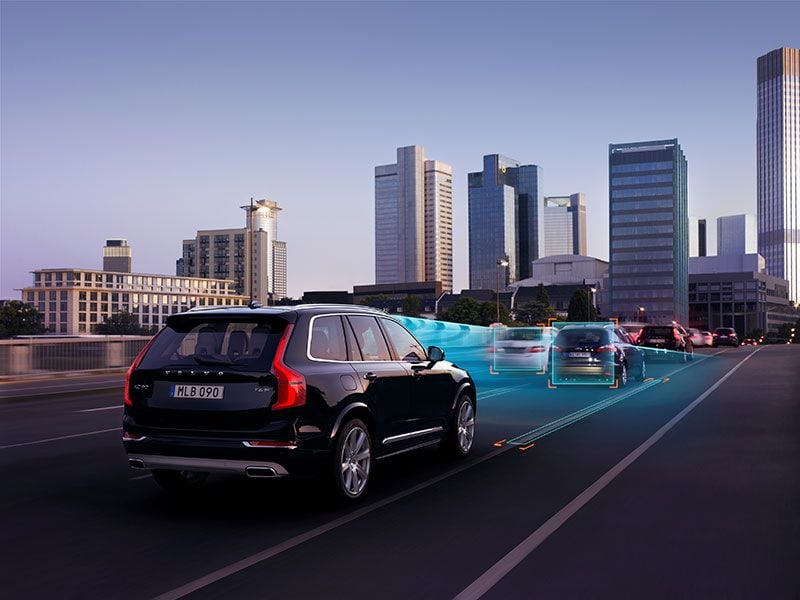
2016 Volvo XC90 Adaptive Cruise Control with Queue Assist ・ Photo by Volvo Cars
In a competitive marketplace, car manufacturers are always trying to outdo other brands, and one of the ways they do this is by identifying future trends as early as possible so that they can study them and determine how to implement them. Most manufacturers have employees on their staff whose job is to forecast the trends of the future, often by looking outside of the automobile industry to identify the next big thing. Let’s take a look at some of the current trends and see which manufacturers are leading the charge, and which might be falling behind.
Autonomous Driving
People have been clamoring for self-driving cars for years now, and finally it seems like we’re almost there. Models from Mercedes-Benz, Tesla and others are now able to autonomously take over most of the car’s controls in some situations, but the driver still has to pay attention and be ready to intervene in case the system doesn’t perform as expected. Not only that, but most of today’s autonomous systems work only on the highway and not in town or on rural roads. These limitations should be resolved in the next few years, but until then we’ll have to do most of the driving for ourselves.
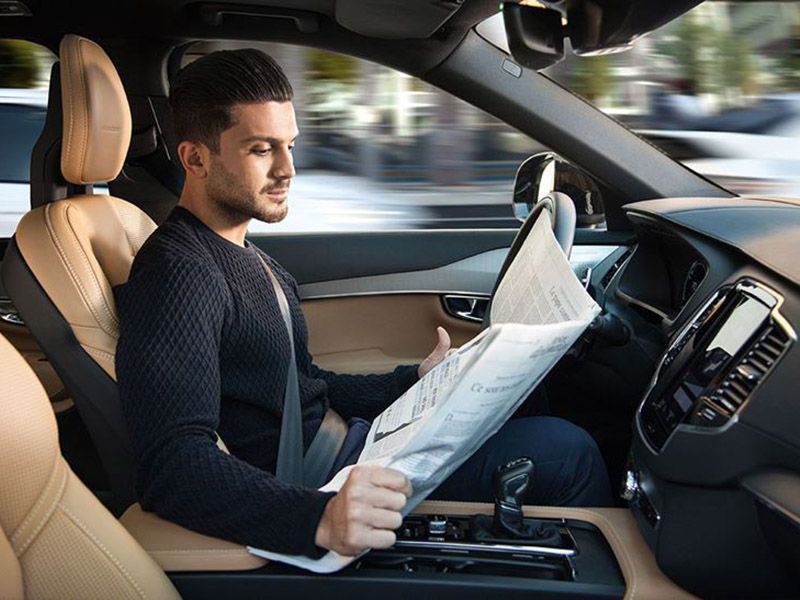
Photo by Volvo Cars
Self-Parking / Summoning
A variation on autonomous driving, some of today’s new cars are able to park themselves, even without a driver behind the wheel. Tesla’s system also allows you to summon your car so that it’s waiting for you when you get to the curb. At the moment, Tesla’s system is still in beta, so the company is asking drivers to restrict their use of the system to their own private property, and to oversee the system while it is in use, all in order to help prevent accidents. In the future it is hoped that the system becomes mature enough that these restrictions can be removed.
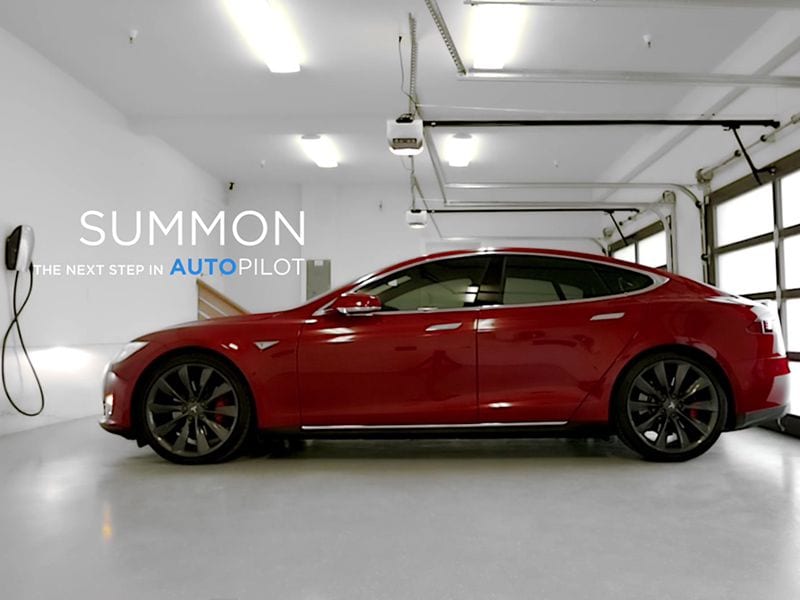
Photo by Tesla
Cars That Power Houses
Another of the new car trends we have been hearing about is that cars (particularly hydrogen fuel-cell powered vehicles) will be able to power our houses in the future. While hydrogen-fueled vehicles are on the roads in only a few states, we don’t expect them to become widely available anytime soon. Instead, electric car manufacturers could use their electrical technology to create household batteries that store renewable energy, much like Tesla has done with its 6.4 kWh Powerwall. This could increase the market for batteries, helping to reduce the per-battery costs while also increasing the uptake of green energy—a win-win for everyone involved.
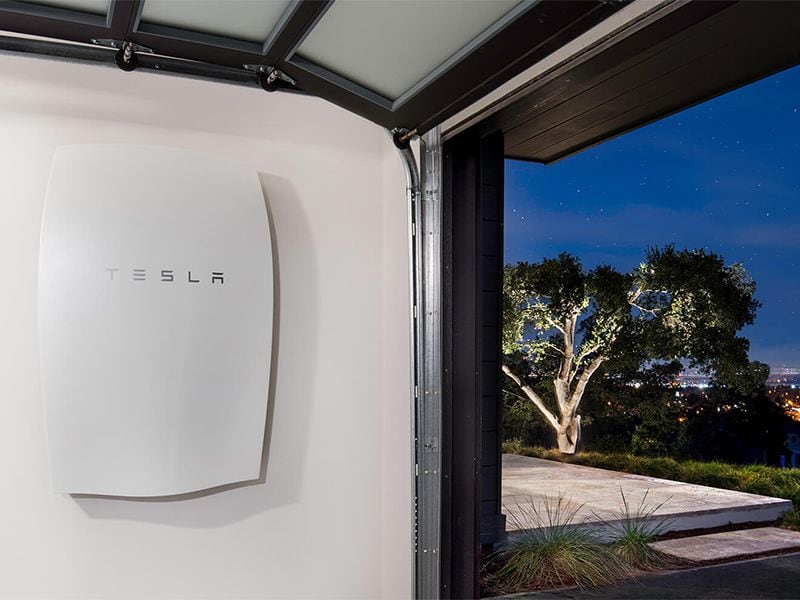
Photo by Tesla
Smart Glass
At its most basic level, smart glass can alter the amount of light that passes through it. This new car trend has already been used on mirrors to prevent glare from headlights; on sunroofs to reduce the amount of light and heat that enters the vehicle; and on privacy partitions to prevent certain passengers from being able to see others. In the future, we expect this trend to spread to more vehicles, where it could be used to block light from passing through any of the windows when parked (to reduce in-car temperatures) or to make window tint less dark for nighttime use (to improve visibility).

Photo by Volvo Cars
Composite/Alternative Materials
With ever-increasing fuel economy standards and the continuous downsizing of engines comes the need to reduce weight. We have already seen extensive use of aluminum in fairly high-volume vehicles by manufacturers such as Audi, Jaguar, and Ford, with the result of fairly significant weight savings and moderate improvements in fuel economy. Other manufacturers, such as BMW, have adopted this new car trend by attempting to make carbon fiber more affordable, using it on their lower-volume models before hopefully increasing production levels. In the near future, even "normal" cars might make extensive use of these alternative materials, theoretically leading to lighter, stronger, safer, and more economical cars.
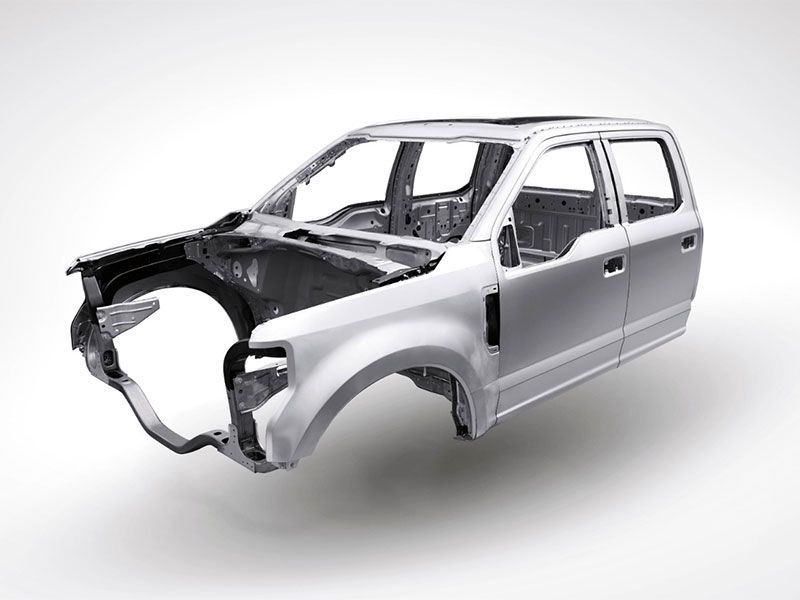
Photo by Ford
Ever-Improving Safety
Safety comes in two categories: passive safety, which tries to protect the car’s passengers as much as possible when an accident occurs; and active safety, which tries to prevent (or at least minimize) the accident before it happens. Both have been steadily improving over the last few years, with passive safety using the latest materials and technology to improve crash test scores, as well as the introduction of numerous active safety systems. Volvo hopes that the combination of the two new car trends will prevent anyone from being seriously hurt in one of their cars—in fact, they've set a target to achieve just that by the year 2020.
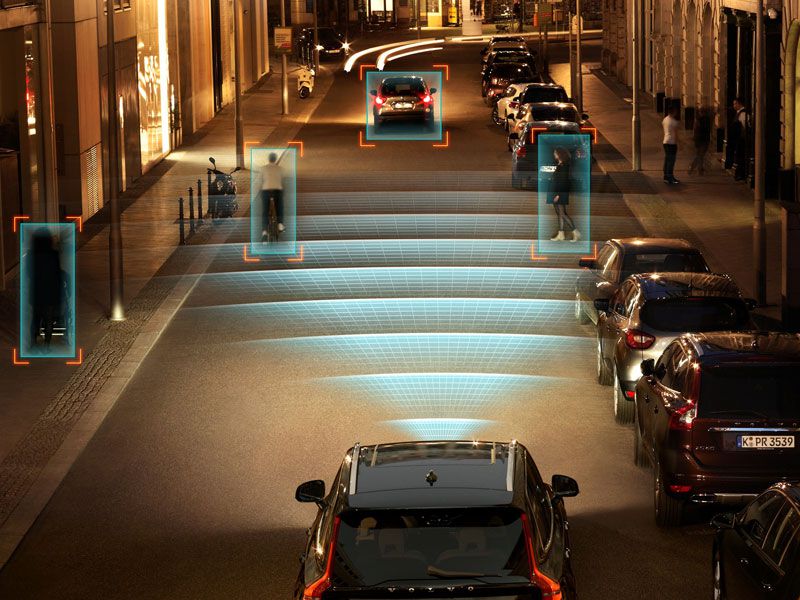
Photo by Volvo Cars
Better Hybrids
Hybrids have been getting more economical as battery, electric motor, electronic, and internal combustion engine technology has improved. Since the Prius was introduced, each successive generation has improved on the previous model’s fuel economy by approximately 10 percent, a streak that Toyota hopes to continue into the future. At the same time, manufacturers have made hybrids that behave more and more like normal cars, and each generation of hybrids is more powerful. Hybrid systems now perform so well that they have made appearances in super high-end sports cars, where instead of improving fuel economy they are used to fill in gaps in the drivetrain’s power delivery.
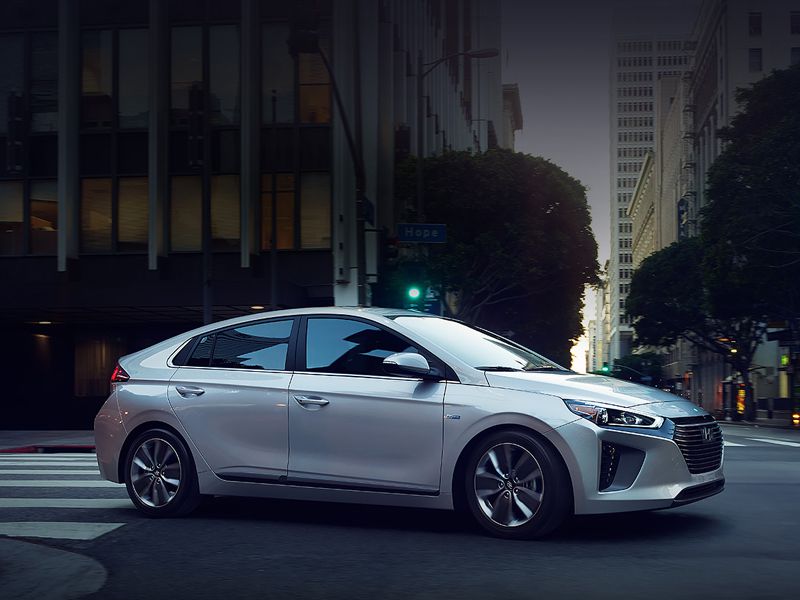
Photo by Hyundai
Cheaper Electric Cars
There are several factors that are currently holding electric cars back, including their high cost, low range, and long recharge times. Over the last few years the cost of electric cars has dropped while their ranges have increased and recharge times have shortened, but obviously not enough to make the trend practical for everyone. Eventually, the price may drop enough to make electric cars affordable enough for mass production, which in turn will lower their costs further. While electricity isn’t likely to completely replace gasoline in the near future, electric vehicles will become more prevalent as time goes on, and we might soon find ourselves using electric cars for most short trips.
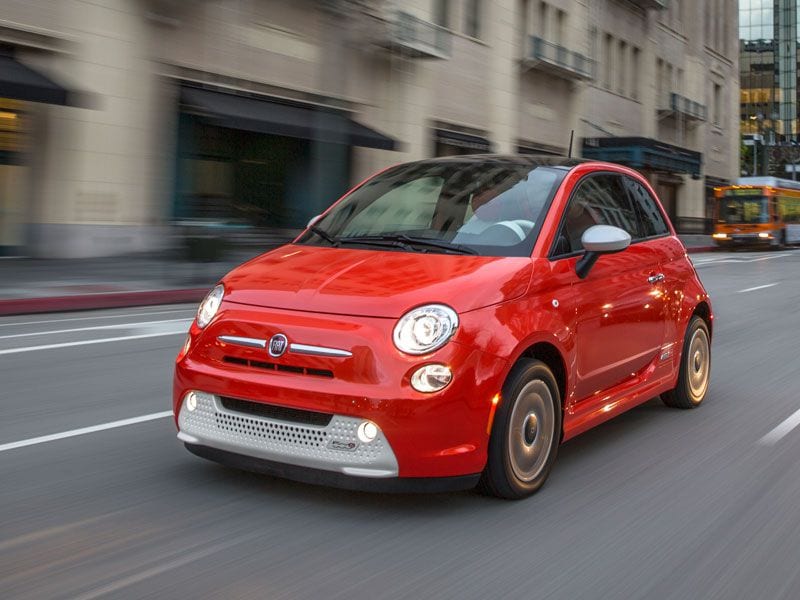
Photo by Fiat Chrysler Automobiles
Vehicle-to-Vehicle Communications
The main goal of vehicle-to-vehicle communications is to reduce or eliminate traffic accidents by allowing cars to communicate their positions and intentions to one another. If every car communicates its location, speed, and heading, it should be easy for other cars to avoid it, especially if they are all driving autonomously. Other uses for vehicle-to-vehicle communications include reducing traffic congestion by making it easy to locate underused roads, helping law enforcement, and preventing pedestrian injuries and fatalities (by making it impossible to run a red light, for example). In the future, vehicle-to-vehicle communications may also allow cars to run nose-to-tail on the highway, further decreasing congestion and improving fuel economy.

Photo by Mercedes-Benz
Engine Downsizing
This is a trend that has been ongoing since the seventies, and one that will probably continue for a while longer. Unlike the seventies, however, today's downsizing doesn’t mean less power; in fact, power levels have been steadily increasing despite the reductions in engine size, thanks to new trends such as direct injection (which allows for a higher compression ratio, and as a result, more power) and turbocharging. Expect to see more engines like Fiat’s two-cylinder TwinAir and Ford’s three-cylinder Ecoboost powering ever larger cars, as the small engines become more efficient and curb weights decrease with the introduction of more composite materials.
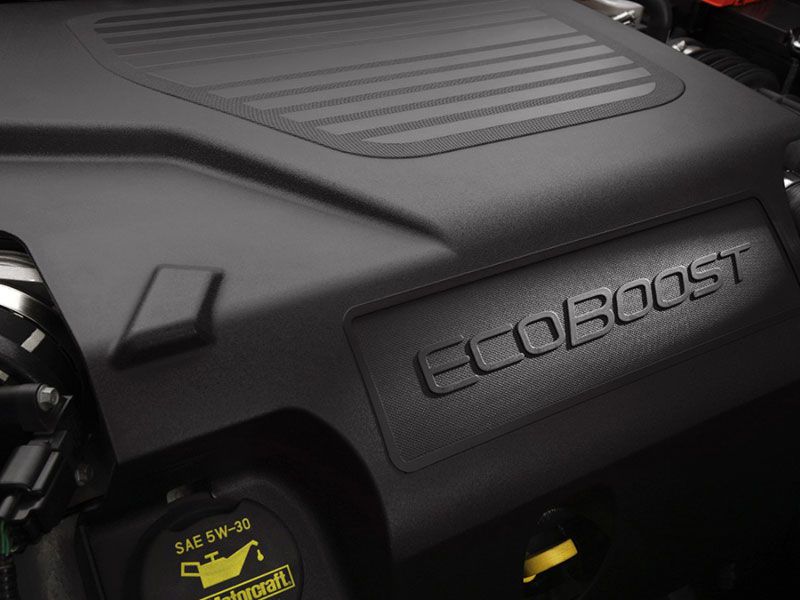
Photo by Lincoln